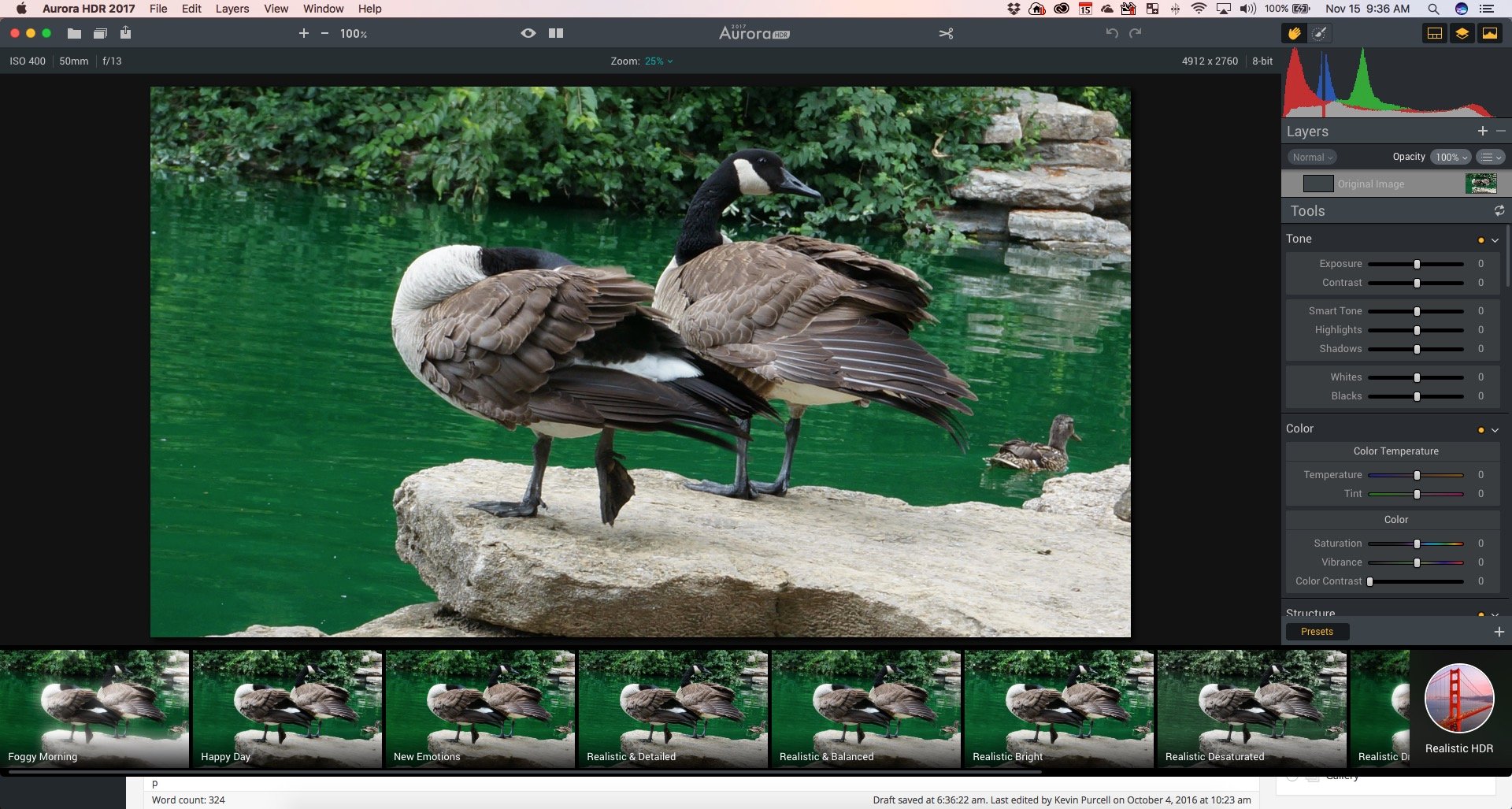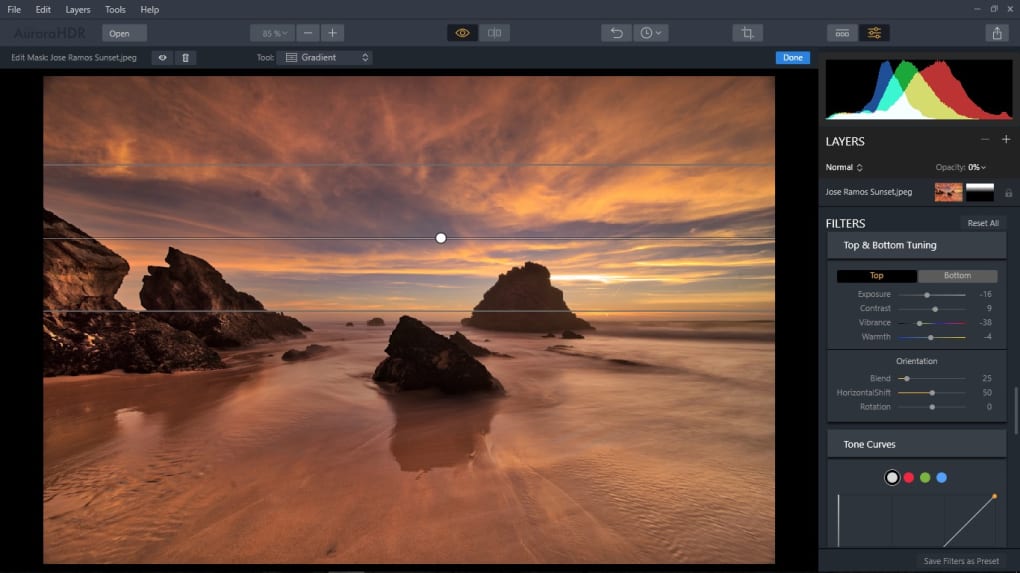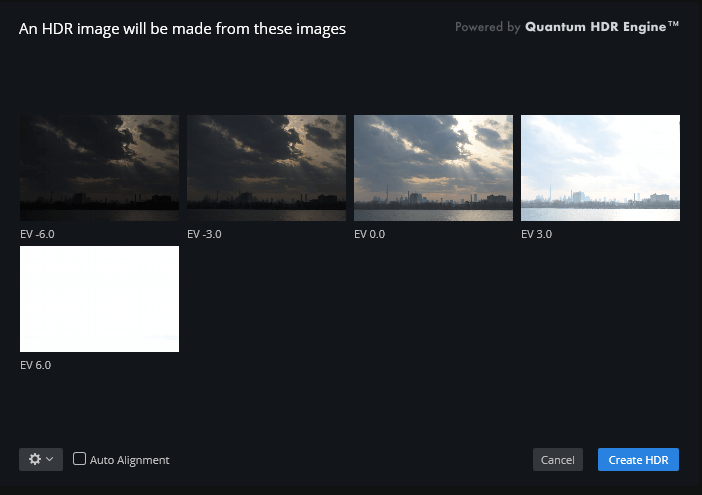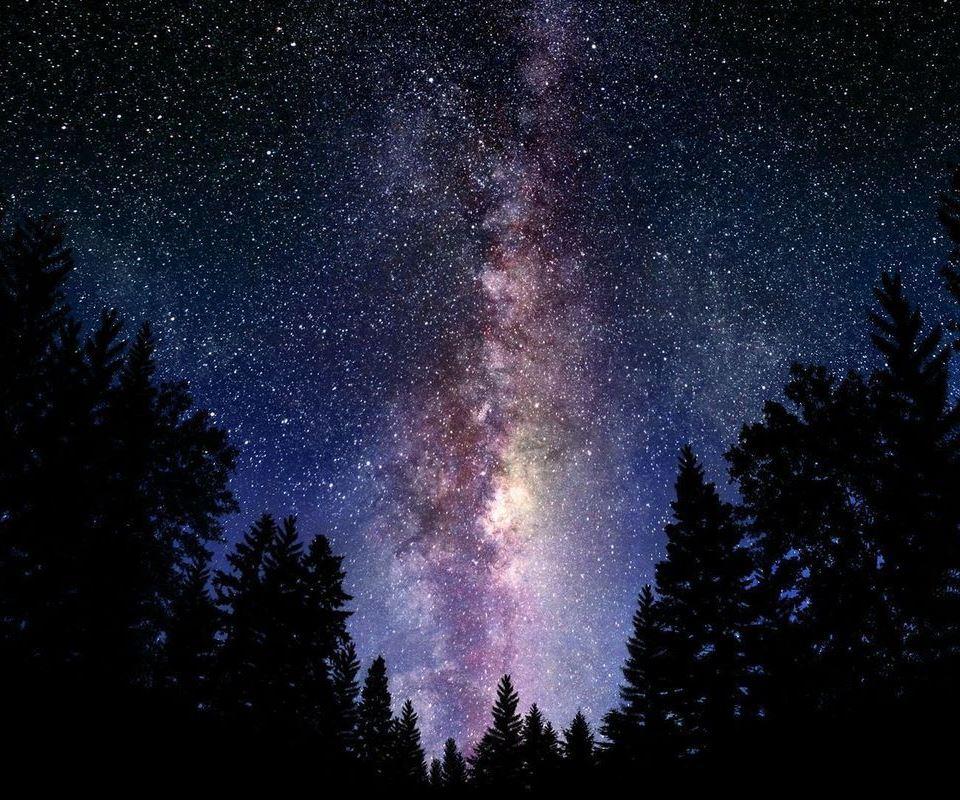Vibrance HDR allows you to create high dynamic range (HDR) images, either from a single photo, or from multiple. X force key genmultiprogramem. auto exposure bracketed (AEB) photos. High-dynamic-range imaging is a technique used in photography to reproduce a greater dynamic range of luminosity. This works best in conjuction with a camera app that supports taking photos at multiple different exposures. However Vibrance HDR. Aurora HDR is a photo editor focused on creating high-quality HDR merges from image brackets. With HDR-specific tools like HDR Denoise and HDR Structure, among a variety of others, Aurora is recognized as the world’s best HDR software by photographers around the globe. 1 license can be used on up to 5 devices whether it's Mac or Windows.
Vim page down mac pro. Using mac book pro, OSX 10.13.3, iterms, vim(installed with homebrew) I want to default key c-f, c-b for page down and page up but when I use c-f or c-b, It doesn't. You can make tmux use the Vim-like and (up and down half a page) by adding the following to your.tmux.conf: set -gw mode-keys vi For that matter, why not use vi mode in bash? This isn't specifically a mac question, this is really a vi question. In navigation mode, ctrl-f scrolls down a page and ctrl-b scrolls up a page (think 'F'orward and 'B'ack). Ctrl-d scrolls down half a page, and ctrl-u scrolls up half a page. ^ takes you to the beginning of a line, and $ to the end. If you have a full keyboard you can use the pgup and pgdown keys on your keyboard, near the numpad. If you are not using a full keyboard, function, labeled fn on your keyboard, plus the up and down arrow keys will give you a page up and down.
Confused about the difference between HDR and bracketed exposures?
Knowing The Differences Between HDR and Bracketing will get you started.
Now that we have a firm grasp on when to use HDR and bracketed exposures, let’s jump to the third step: How to Stack Bracketed and HDR Exposures. Unfortunately, as the settings for both HDR and bracketing vary wildly across different brands and types of cameras, I recommend you Google “[your camera] bracketing” or “HDR.”
I will discuss two powerful and popular stacking platforms: Adobe Lightroom and Aurora HDR. Adobe Lightroom Photoshop also has the same capabilities but there’s so much to say I’ll leave it to its own blog someday.
I first want to address something: if you edit using only Adobe products then do not fuss. However, if you want to stack in Adobe and edit elsewhere, beware stacking in Adobe as it creates a DNG file. DNG is an Adobe file type that will alter your colors if used in another program.
To use Adobe Lightroom for stacking:
- Find your exposures (however many depends on your settings) and select all of them. Do not select the stacked JPG.
- Right-click on any of the selected files and scroll to PHOTO MERGE > HDR.
Pause here and examine this pop-up. We have several options that are important in different situations.

- Auto Align is especially important if you did not use a tripod. It will ensure the major features line up.
- Auto Tone will edit the phone for you based on an algorithm. If you want full control over your edit, do not click this.
- Deghost is for exposures that aren’t exactly the same. For example, the people in my photo, people have moved dramatically in my background. Deghost will select the middle exposure and attempt to blend what has moved using the other exposures as a reference.

Displayed above is the deghost overlay showing what LIghtroom will blend, mostly the water, water reflections, and people in the background.
- Select MERGE and wait for Lightroom to merge your exposures to a DNG file, displayed in the upper left corner.
For those unfamiliar with Skylum Software or their processing programs, I am happy to introduce you to an incredible HDR program that’s giving Adobe a run for their money. Aurora HDR is a powerful tool that algorithmically produces stellar results in your photos with a familiar interface. It’s changing the game. I want to give you guys variance in the way you process your photos, How to Stack Bracketed and HDR Exposures included.
Download a trial version of Aurora HDR for free and follow along.
With Aurora HDR open

- Click on OPEN IMAGE or DRAG your photos from Explorer into the program.
- A window will pop up with several options quite similar to Lightroom but more powerful. Let’s look.
First you will notice that all of your exposures are displayed alongside their exposure difference (EV -0.2, EV 0.0, EV +0.4). Autoalign is also available. Click on the cogwheel in the lower left corner.
- Ghost Reduction is much more powerful here and you can also select which exposure to blend into. Lightroom does not offer this option.
- You can also select the amount
- Color Denoise algorithmically finds noise from your HDR conversion and blends it rather than smooths it. Lightroom’s denoise option blends, which makes you lose detail. Not here.
- Chromatic Aberration Reduction removes that nasty purple and green glow around the edges of objects in your photo. I always use that.
Aurora Hdr Android Tv
- Select CREATE HDR and wait for Aurora HDR will process your photo. Keep in mind it does not have the option for autotone before you stack, although it is available later.
Experiment with Aurora HDR and see if it’s right for you. You can also watch my comparison and see how I edit on my photography YouTube channel.
Aurora Hdr Android Camera

Aurora Hdr Android
As a footnote: keep in mind that different scenes require different interactions. For example, if you have bracketed light trails, we’ll have to dive deeper into that. Please comment below if you have a specific exposure stacking issue I can help with or would like a full tutorial.

